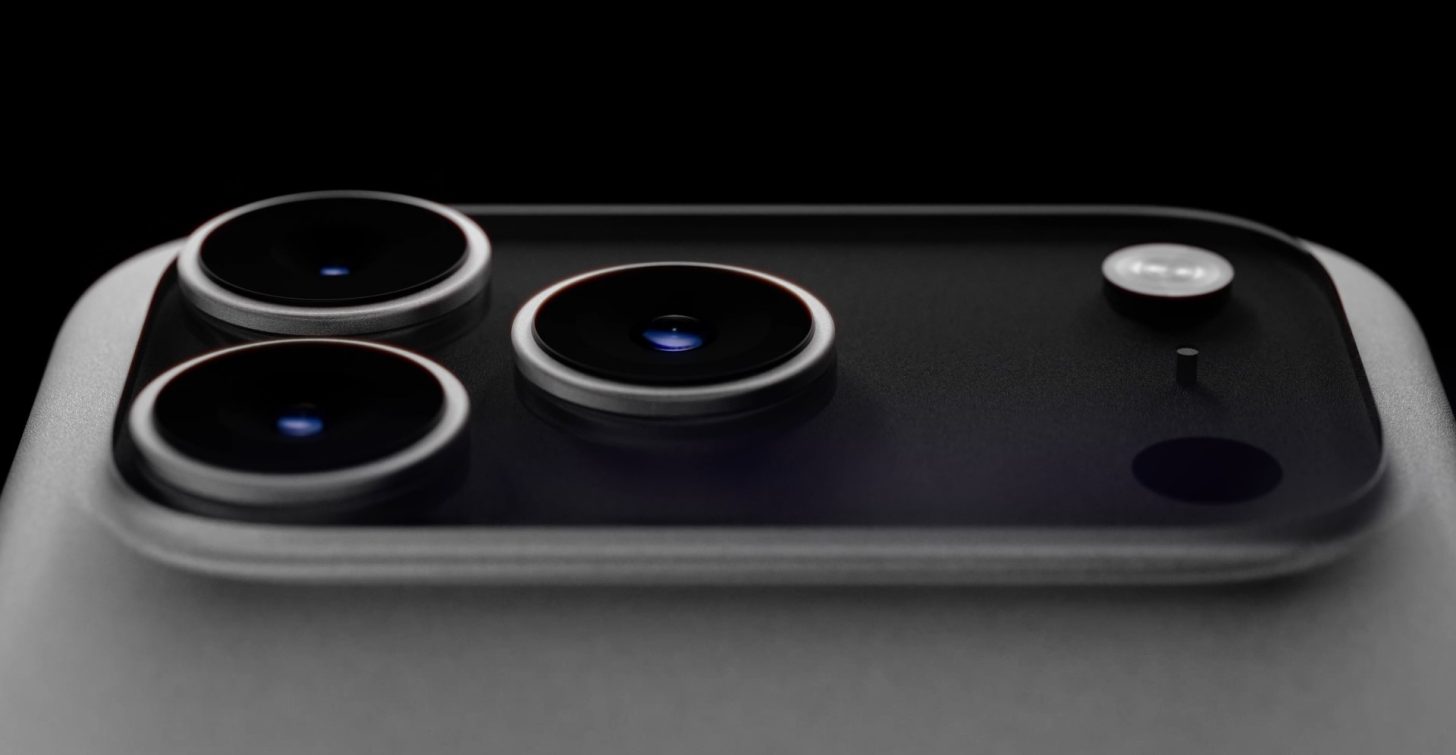No Radical Redesign: iPhone 17 Pro Models Set to Maintain Familiar Look, Disappointing Design Enthusiasts

Apple enthusiasts hoping for a radical design overhaul of the upcoming iPhone 17 Pro series might be in for a disappointment. According to a recent industry report, the tech giant is expected to maintain its current design language, eschewing significant aesthetic changes like a more compact Dynamic Island or introducing a two-tone color scheme.
The latest rumors suggest that Apple will likely continue with its existing design philosophy for the Pro models, potentially prioritizing incremental improvements in performance and camera technology over dramatic visual transformations. This approach aligns with Apple's historical strategy of refining rather than revolutionizing its smartphone design from generation to generation.
While some tech fans may feel underwhelmed by the prospect of a familiar design, Apple's commitment to consistency has often been a hallmark of its product development strategy. The company seems focused on delivering subtle enhancements that maintain the premium feel of its flagship iPhone models.
